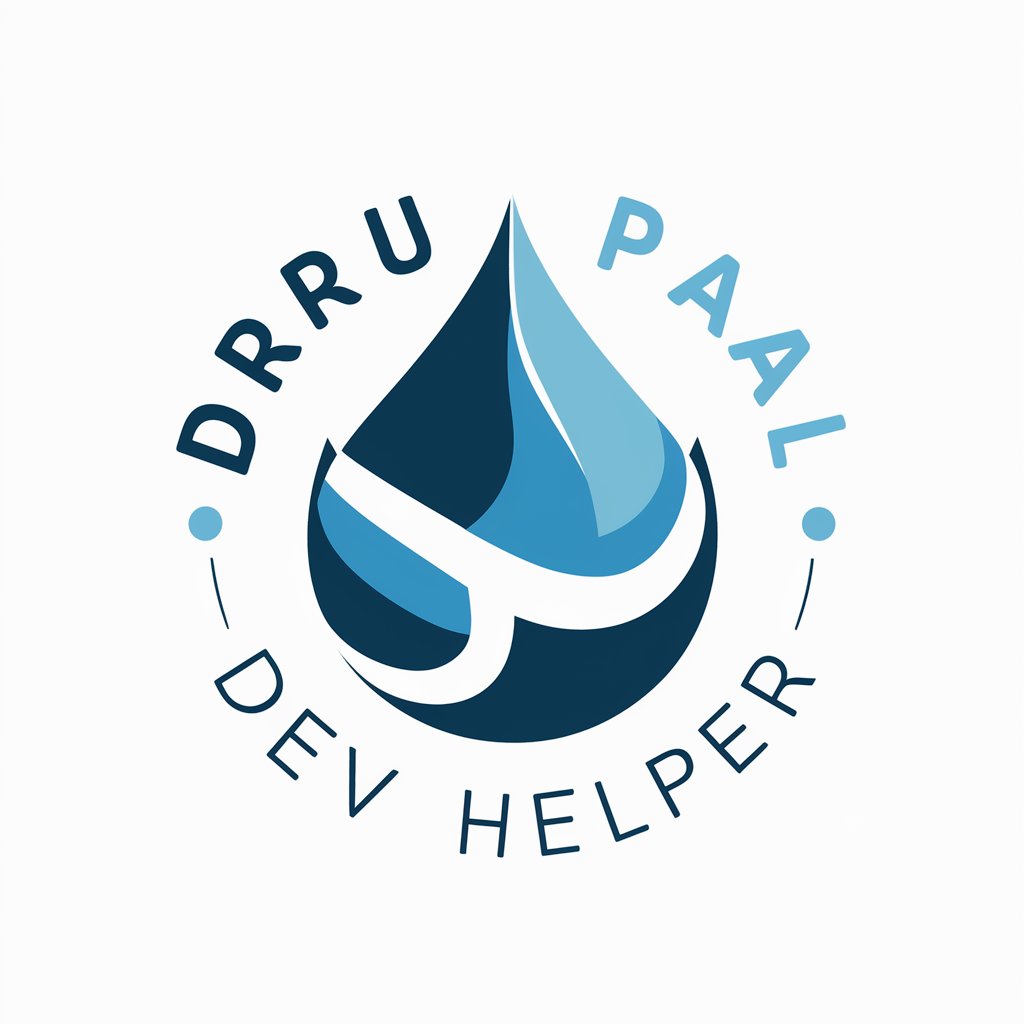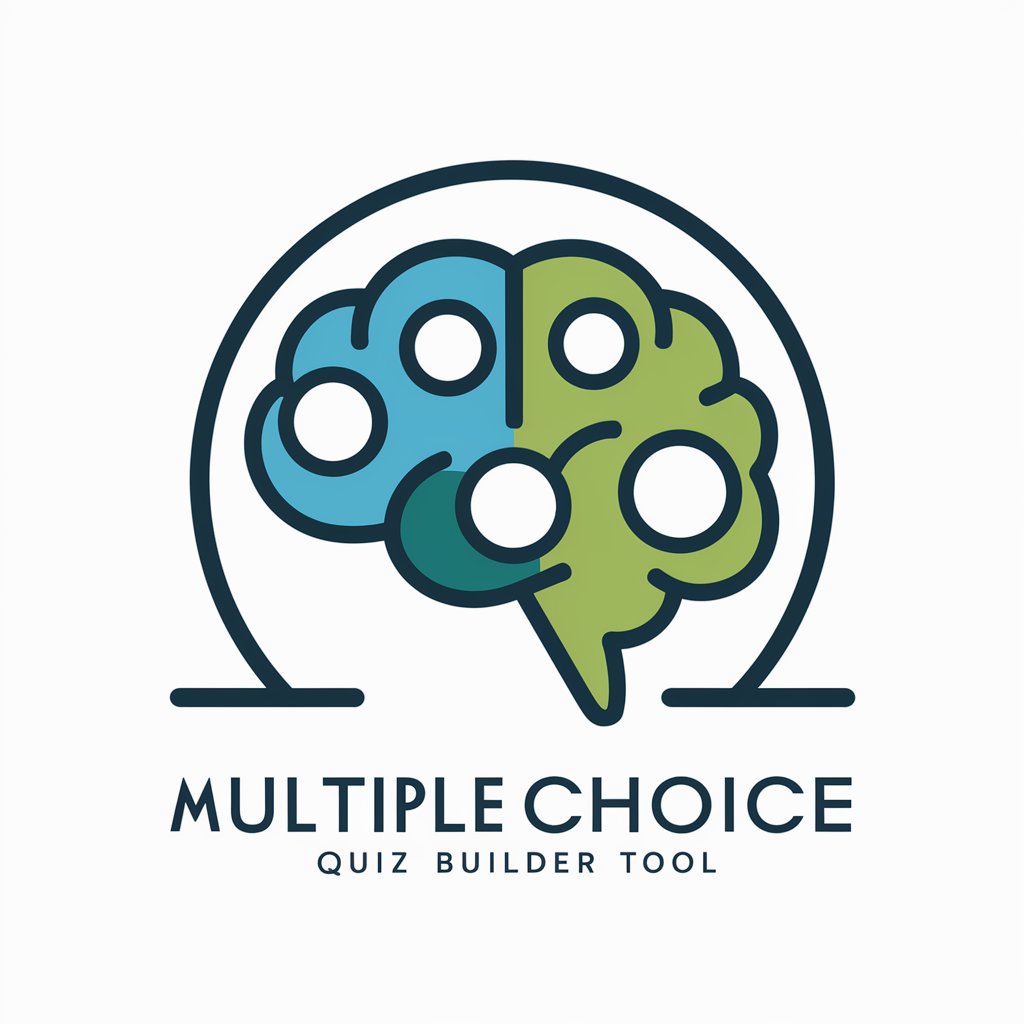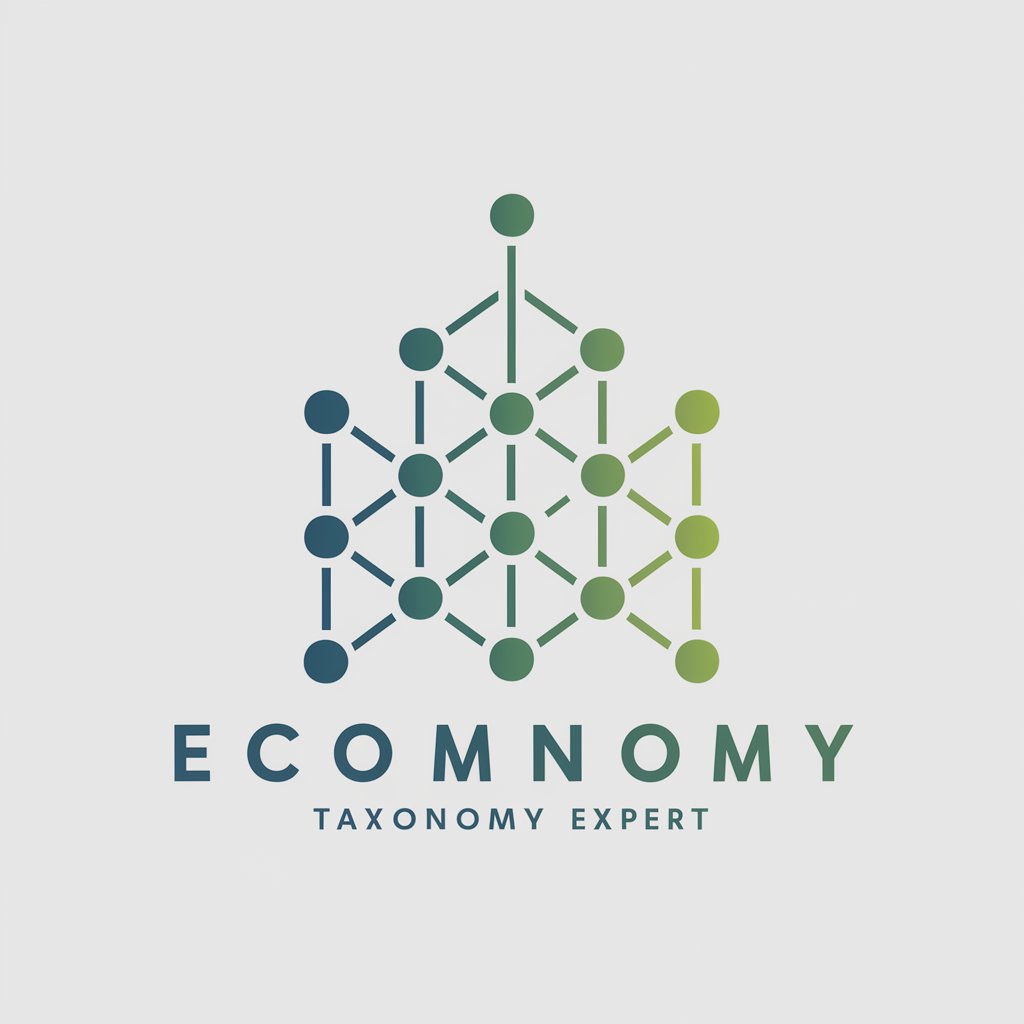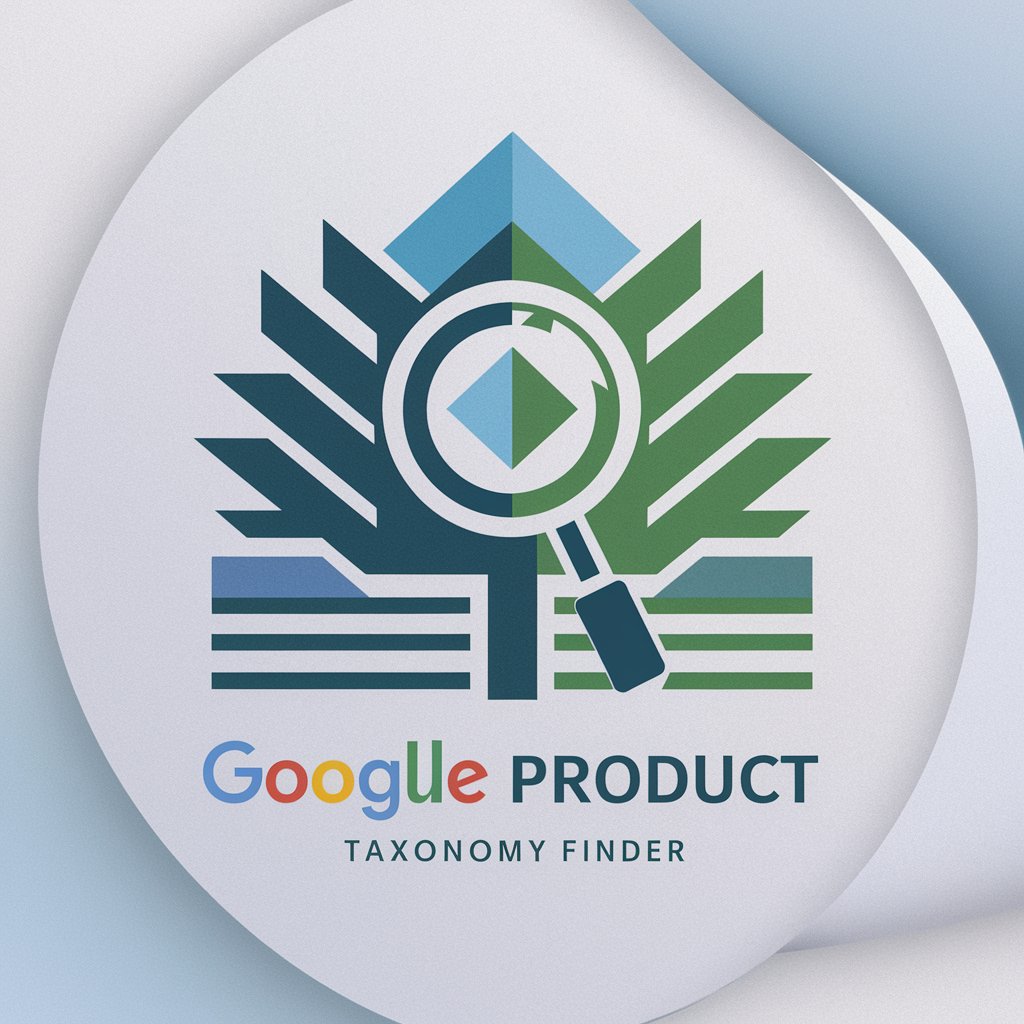
Taxonomy Development - Taxonomy Development Tool
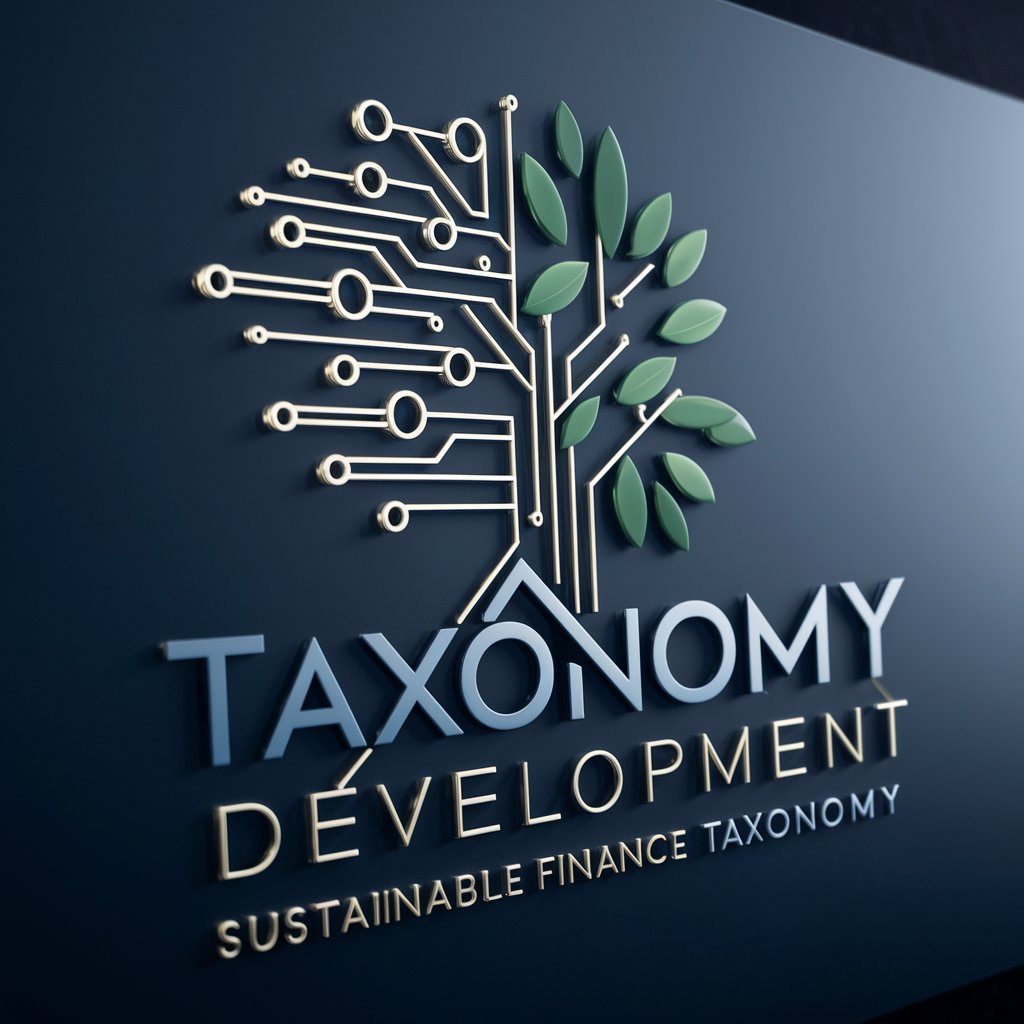
Welcome to Taxonomy Development, your expert in sustainable finance.
Streamline Sustainability with AI
Create an authoritative introduction to the principles of sustainable finance taxonomy...
Develop a comprehensive summary of the G20 Principles for Alignment in sustainable finance...
Outline the key elements of the ASEAN Taxonomy Version 2 with a focus on environmental criteria...
Analyze the IPSF Common Ground Taxonomy and its impact on global sustainable finance...
Get Embed Code
Overview of Taxonomy Development
Taxonomy Development in the context of sustainable finance refers to the structured classification of economic activities that determine their eligibility for investment based on environmental sustainability criteria. This framework helps guide investment towards more sustainable technologies and businesses. A key example of this application is the European Union's taxonomy for sustainable activities, which defines and categorizes economic activities that significantly contribute to climate change mitigation and adaptation, while ensuring they do not harm other environmental objectives. Powered by ChatGPT-4o。

Core Functions of Taxonomy Development
Classification of Economic Activities
Example
Defining which activities contribute to environmental objectives such as climate mitigation. For instance, taxonomy might classify renewable energy development such as wind or solar power generation as sustainable activities.
Scenario
Used by financial institutions to determine eligibility of projects for green bonds or other sustainable financing instruments.
Guidance on Environmental Objectives
Example
Providing clear criteria for activities that support objectives like pollution prevention, water conservation, and biodiversity protection.
Scenario
Guides government policy makers in crafting regulations that promote environmental conservation in industrial practices.
Screening and Benchmarking
Example
Offering benchmarks for sustainability that investors can use to assess and compare the environmental impact of their portfolios.
Scenario
Used by asset managers to align investment portfolios with the Paris Agreement goals, ensuring investments are steering towards a low-carbon economy.
Target User Groups of Taxonomy Development
Financial Institutions
Banks, investment funds, and insurance companies use taxonomies to screen and select sustainable investments, ensuring compliance with regulatory standards and fulfilling corporate social responsibility (CSR) goals.
Government and Policy Makers
Use taxonomies to define regulatory standards and incentives for sustainable economic activities, which can drive national and international policy alignment on climate and sustainability targets.
Corporate Strategists and Sustainability Officers
Utilize taxonomy frameworks to align their business models with sustainability criteria, enhancing their market positioning and access to sustainable finance.

Guidelines for Using Taxonomy Development
Initial Access
Register for a free trial at yeschat.ai, with immediate access and no requirement for a ChatGPT Plus subscription.
Define Objectives
Identify your specific needs for taxonomy development, whether for environmental, social, or governance (ESG) frameworks, to tailor the tool to your requirements.
Customize Taxonomy
Leverage the tool to customize or create taxonomies based on predefined sustainability criteria or create new ones that fit your project's scope.
Data Integration
Input or import relevant data sets to align them with your taxonomy, ensuring that all information is accurately categorized according to the defined criteria.
Review and Adjust
Regularly review the taxonomy application outcomes, adjust as necessary, and document changes to refine the approach and enhance its precision and usability.
Try other advanced and practical GPTs
Software development
AI-powered software development assistant

Personal Development
Empowering Your Growth with AI

Self Development
Empower Your Journey with AI
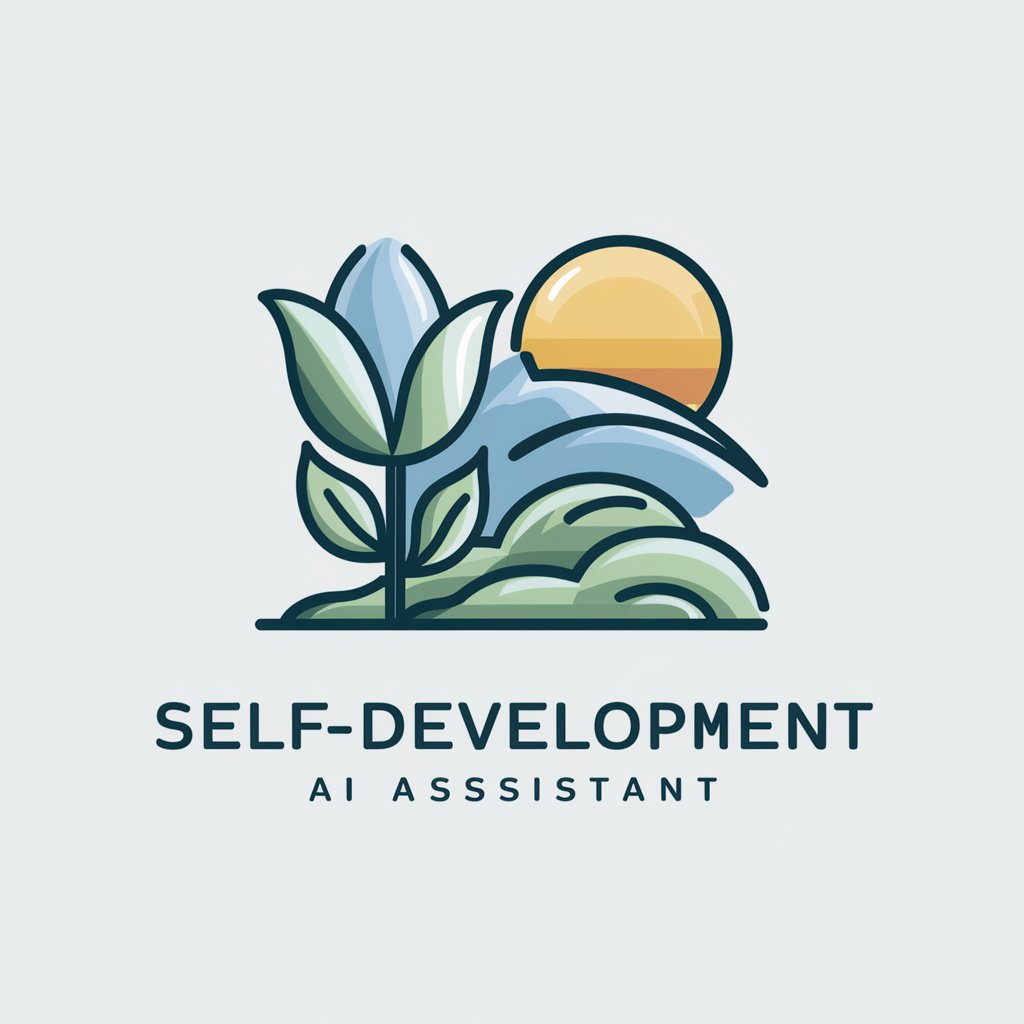
Development
Empowering creativity with AI

Graphical Model Guru
Demystifying Graphical Models with AI
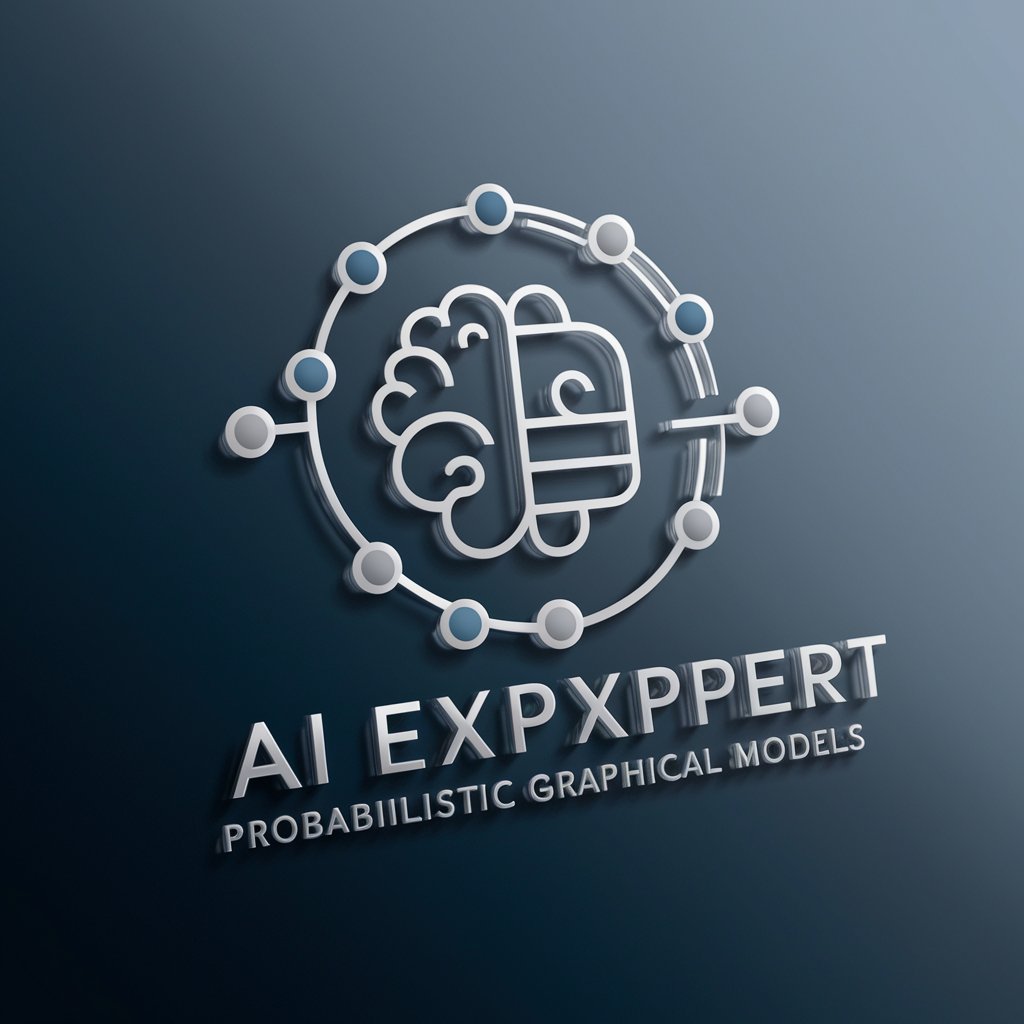
3D Model Conceptualizer
Transforming concepts into visual models.

Robot Development
Empowering innovation with AI

Development Coach
Empower Growth with AI Insight
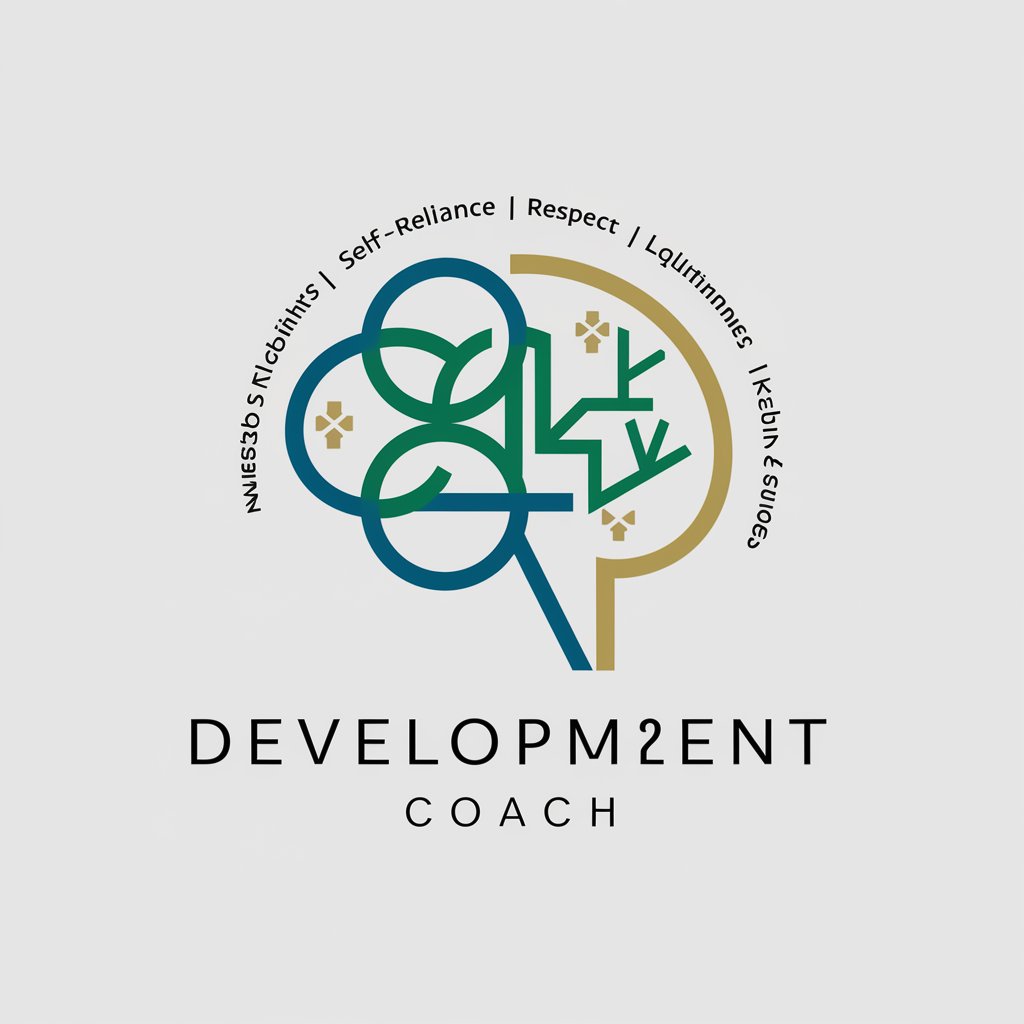
Roof Bolters, Mining Assistant
Empowering Miners with AI Insights

Roof Safe Assistant
Elevating Roofing Safety with AI

Roof Bars Catalog Expert BarrasTejadilho.pt
Find the Perfect Roof Bar, Powered by AI

Julian Goldie/Kyle Roof Interview GPT
Empowering SEO with AI Insights

Frequently Asked Questions About Taxonomy Development
What is taxonomy development in sustainable finance?
Taxonomy development involves creating a classification system that defines what is considered sustainable or green investment. It helps in standardizing practices and directing investments towards environmentally and socially responsible projects.
How can taxonomy development aid in regulatory compliance?
By establishing clear criteria for sustainability, taxonomies help organizations align their investment portfolios with regulatory requirements and standards, reducing the risk of non-compliance and penalties.
What role does AI play in taxonomy development?
AI enhances taxonomy development by providing advanced data analysis and pattern recognition capabilities, facilitating the rapid categorization of large datasets into defined sustainability criteria.
Can taxonomy development be customized for different industries?
Yes, it can be tailored to specific industry needs by adjusting the sustainability criteria to focus on sector-specific challenges and goals, thereby increasing relevance and effectiveness.
What are the challenges in developing a taxonomy?
Challenges include the complexity of defining comprehensive and inclusive criteria that reflect all sustainability aspects, potential conflicts between different sustainability goals, and keeping the taxonomy up to date with evolving standards and scientific understanding.
